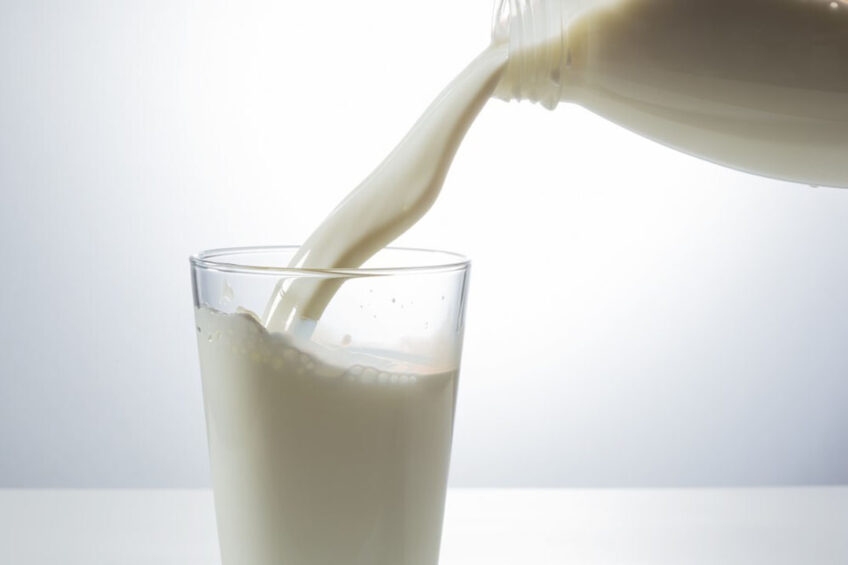Rabo Research: Dairy prices to remain volatile

Rabo Research expects dairy commodity prices to remain volatile over the coming months, with weak global milk supply drivers supporting prices to remain at elevated levels.
According to senior agricultural analyst Emma Higgins of Rabobank New Zealand, Oceania milk collections have taken a hit this season. New Zealand’s milk collections fell by 6.5% for May 2022. This brings final tallies for season 2021-2022 to a drop of 4.1% year-on-year.
Australia’s national production was down 6.6% year-on-year for April 2022. Milk collections stand at -3.4% for the known season to-date. Higgins says that there are some positive drivers that should support stabilisation in Australian milk supply in 2022-2023.
Rabo Research expects dairy commodity prices to remain volatile over the coming months, with weak global milk supply drivers supporting prices to remain at elevated levels. But higher farmgate milk prices across most regions have not guaranteed production growth, Rabobank points out.
Higher corn and soybean prices and weather disruptions in certain regions have put a handbrake on milk supply growth. Overall inflation pressures in energy, fuel, and wages are also impacting profitability across the Big-7 (the EU, the US, New Zealand, Australia, Brazil, Argentina, and Uruguay), despite higher milk prices. Rabobank expects the milk supply to grow again in the second half of 2022.
Lower export volumes to China have emerged for 2022, says Higgins. Strong domestic milk supply growth in the first quarter of 2022 (+8% year-on-year) and high carryover stocks from last year’s strong imports in China are colliding with weaker demand due to Covid-related lockdowns. Shipments for the year to May are lower by 26% compared to last year, while May shipments alone were almost halved compared to last year.
Dairy prices dropped at the latest global dairy auction on 19 July. There were declines across the board. The global dairy trade (GDT) price index was down 5% for an average price of US$4,166 per tonne. The price of whole milk powder dropped 5.1%.
Increased home brand milk prices
Major supermarket chains Coles and Woolworths in Australia have responded to rising supply costs among dairy farmers. They have increased the price of home brand milk products by as much as AUS 60 cents (US 41 cents). Coles and Woolworths announced significant price increases for their branded milk products, with 1 litre cartons increasing by AUS 25 cents (US 17 cents) to AUS $1.60 (US$1.09), while 3 litre bottles rose in price from AUS$3.90 (US$2.66) to AUS$4.50 (US$3.07).
According to the Victorian Farmers Federation, the moves by Coles and Woolworths to lift their own-brand milk price is welcome for farmers and reflects the mounting costs being incurred by producers at the farm gate. Vice president Mark Billing of the VFF says the higher prices would help put value back into the supply chain and is a culmination of a number of factors.
“Farmers can’t continue to fully absorb these costs and that’s part of the reason we’re now seeing retail level prices start to increase.”
“We’ve got fertiliser costs that have gone through the roof and significant costs around energy and grain that farmers need to feed to our cows,” he emphasises. “Farmers can’t continue to fully absorb these costs and that’s part of the reason we’re now seeing retail level prices start to increase.”
“To have milk, we need dairy farmers, and this move helps ensure that.”
Billing says many dairy producers are just breaking even in terms of mounting costs. “To have milk, we need dairy farmers, and this move helps ensure that. The retail price of milk has remained stagnant for many years now, so from a farming point of view this change has been a long time coming.” Victoria is the main milk supplier for Australia.
The US Department of Agriculture expects EU milk production will drop by over 430,000 mt in 2022 after a similar-sized fall in 2021. “In the past decade, milk production in the EU-27 has become increasingly constrained by environmental and animal welfare regulations,” the USDA says in its latest biannual report on European dairy. “Lots of farmers are quitting dairying as they choose not to make the needed investments to meet the new requirements.”






